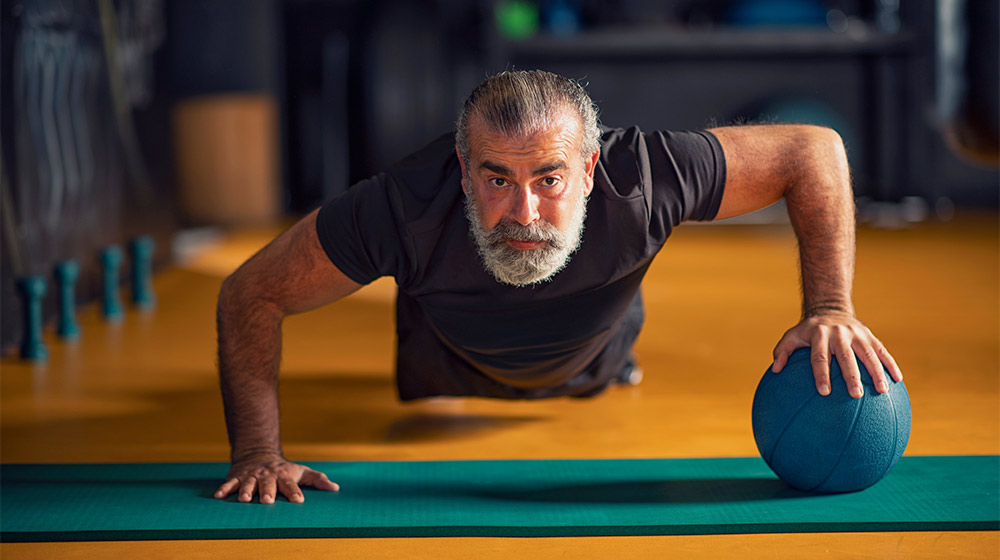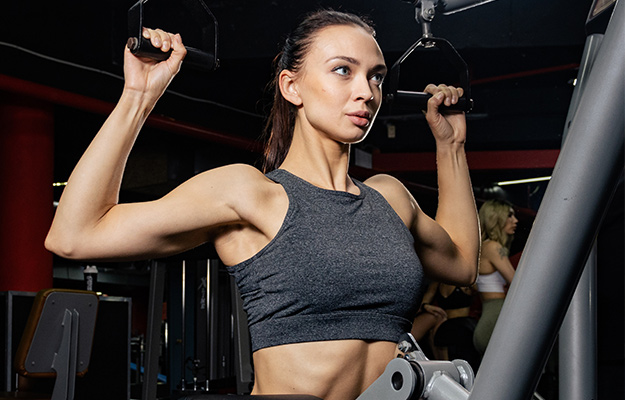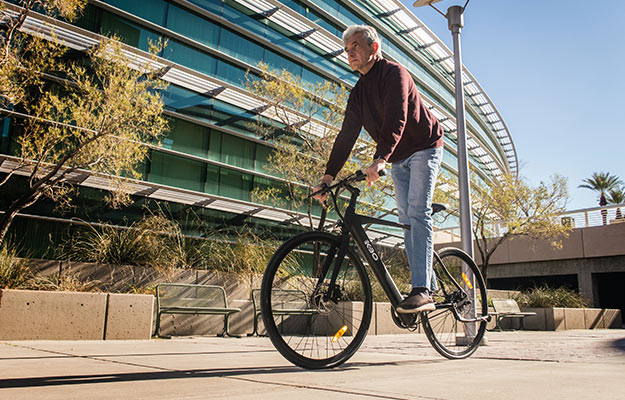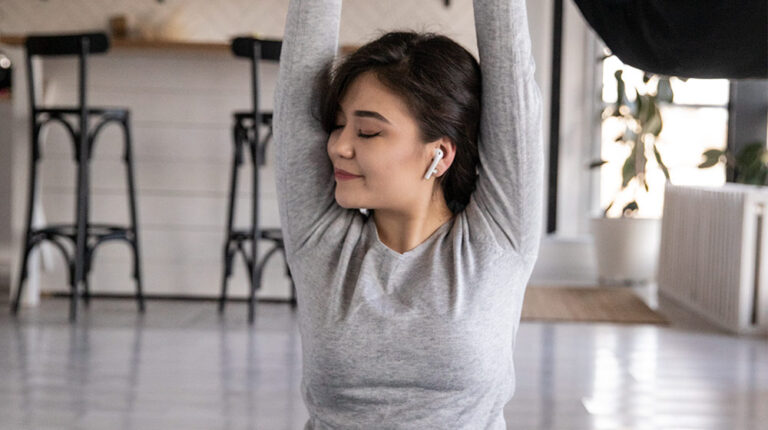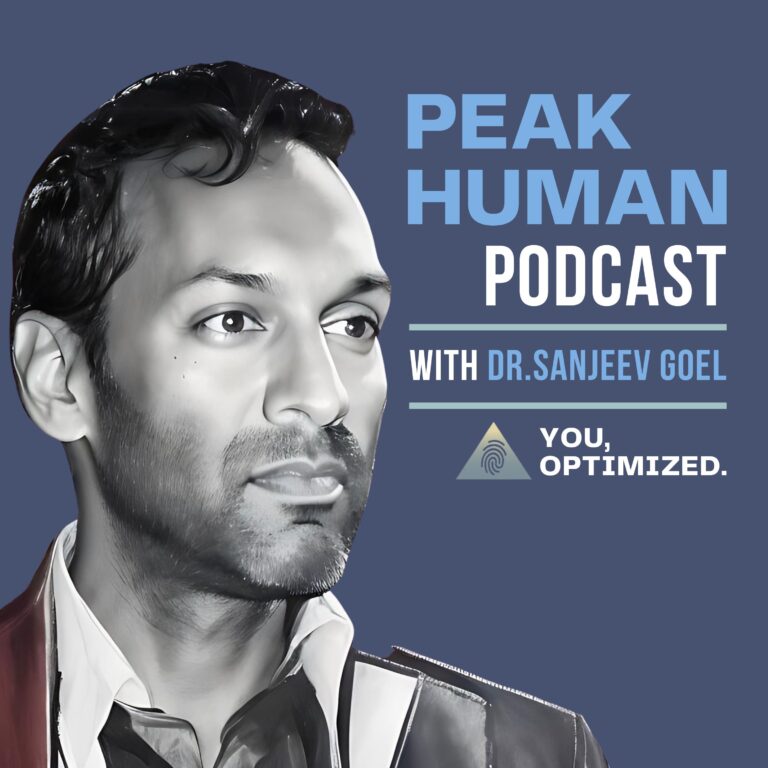Overview
Muscles are the unsung heroes of human health. At 30 – 40% of an adult’s body mass, our muscles support our body and are our largest organs.
Muscles do so much for us, from helping us move around to supporting our bone health, regulating our metabolism, and even reducing inflammation. But, when it comes to achieving longevity, people tend to forget the importance of muscles.
Is it time to give these incredible tissues the appreciation they deserve?
This article reviews the role of these vital organs in the human body. We explain how they affect many other body components, including body fat, and how muscle and longevity have a close yet little-known connection. Also, learn to incorporate exercise and nutrition to preserve muscle mass and add more years to life.
Healthy Muscles Matter: Learn How Having Strong Muscles Is Key to Longevity
The Muscle Is a Secretory Organ
Muscles have long been known for their role in movement and locomotion. Still, research has revealed that they are also secretory organs that play a vital role in regulating essential hormones in the human body.
Specifically, muscle tissue can produce and secrete various hormones and cytokines, which can have far-reaching effects on physiological processes, including metabolism, immune, and cognitive functions.
For example, myokines are a type of hormone produced by muscles during exercise. These myokines can improve insulin sensitivity, inflammation, and brain function. Meanwhile, the hormone irisin can stimulate the browning of white adipose tissue (white fat).
White fat is the depot for excess energy intake and is known to increase the risk of obesity, diabetes, and cardiovascular disease. However, suppose white fat is turned into brown fat, another type of fat tissue in the human body. In that case, it can help regulate energy metabolism and reduce the risk of obesity and related diseases.

Does Muscle Affect Body Fat?
It is a common misconception that people must burn more fat to balance the proportion between fat and muscle. However, we are more under-muscled than over-fat. In other words, choose to be muscular whenever it comes to bulking and cutting.
The first reason is that muscle is crucial in burning fat efficiently. The more muscular a person is, the higher their resting metabolic rate (RMR), meaning their body will burn more calories even when at rest.
To explain this phenomenon: muscle tissue is metabolically more active than fat tissue, requiring more energy. So people with more muscle have a higher RMR, and their bodies need more calories to sustain that muscle tissue.
Another reason to become more muscular is that when a person engages in physical activity, the body uses stored fat to fuel the muscles. Therefore, building more muscle can simultaneously lead to more efficient burning of stored fat.
Resistance training is one of the most effective ways for this double effect. It forces the muscles to work against external resistance to increase strength, muscle growth, and endurance. As a person becomes more robust and muscular, their RMR increases, which means they burn more calories at rest and, therefore, more body fat.
Muscle and Longevity: The Connection
Muscles Maintain Mobility and Reduce Injury Risks
Muscles are crucial in maintaining mobility and reducing the risk of falls and fractures. Strong muscles support the bones and joints, helping stabilize the body during movement, increasing balance, and reducing the risk of injury.
Also, muscles help maintain the coordination of the limbs, which is essential for preventing falls. When a person falls, strong muscles can help absorb the impact and reduce the damage, eventually lowering the risk of injuries.
Muscles Support Bone Health and Prevent Osteoporosis
Muscles play an important role in supporting bone health and preventing osteoporosis. As muscles contract and relax during physical activity, they apply stress to the bones, which helps to stimulate bone growth and strengthen bone density.
Strong muscles also help support the bones and prevent them from becoming weak and brittle. Osteoporosis is an age-related condition in which bones gradually become porous and fragile, making them more susceptible to fractures.
By building and maintaining muscle mass, individuals can improve their bone health and reduce their risk of developing osteoporosis. Therefore, having healthy bones through healthy muscles is another way to achieve longevity, as bones are essential for maintaining mobility and preventing falls and fractures as we age.
Muscles Secrete Anti-inflammatory Cytokines
Inflammation is a natural response to injury, infection, or stress. However, when inflammation becomes chronic, it can be the culprit for morbidities, including heart disease, diabetes, cancer, arthritis, bowel diseases, and even neurodegenerative diseases.
Meanwhile, muscles can secrete anti-inflammatory cytokines, also known as myokines, that can reduce inflammation and prevent the development and progression of diseases. These cytokines work by suppressing the production of pro-inflammatory cytokines and activating immune cells that help to clear out inflammation and promote tissue repair.
Muscles Help Regulate Glucose and Insulin
The myokines play a crucial role in maintaining glucose metabolism and insulin sensitivity. Myokines act as messengers between muscle cells and other organs, like the liver and pancreas, to help regulate glucose uptake, insulin secretion, and sensitivity.
Myokines can also directly affect glucose metabolism by increasing insulin-stimulated glucose uptake and reducing inflammation, preventing insulin resistance.
When muscles are active during physical activity, they require energy from glucose, which is taken up from the bloodstream. This process helps further reduce blood glucose levels and improve insulin sensitivity.
Therefore, regular exercise that builds and maintains muscle mass can help increase myokine production, improve glucose metabolism, and reduce the risk of developing metabolic disorders such as diabetes.
Evidence for Muscle as a Predictor of Longevity
To test the hypothesis that having more muscle in older adults will help achieve longevity, scientists from the David Geffen School of Medicine at UCLA Los Angeles, California, have designed one of the largest-scaled studies in this field.
The study was published in the American Journal of Medicine and found that the risk of all-cause mortality was 19% lower in older adults aged 55 and above with greater muscle mass. These statistics mean these individuals have more chances to live longer and healthier lives than those without optimal muscle mass.
Notably, scientists found no significant differences in all-cause mortality risks in the first two quartiles, whose muscle mass was the lowest. This finding suggests a threshold in the minimum muscle level, below which causes equally detrimental effects.
However, as neither conventional cardiovascular risk factors nor glucose dysregulation could account for the association between muscle and longevity, relative muscle mass may be an independent prognostic indicator for longevity in older adults.
This study shows that even if there are no causal relationships between muscle and longevity, muscle mass relative to body height has independent predictive potential for all-cause mortality in older adults.
Importance of Exercise for Muscle and Longevity
How Much Exercise is Optimal for Longevity?
According to the Centers for Disease Control and Prevention (CDC), engaging in at least 150 minutes of moderate-intensity or 75 minutes of vigorous aerobic exercise per week is optimal for longevity. Also, it is recommended to perform strength and resistance exercises twice a week, targeting all major muscle groups.
It is important to note that the optimal level and amount of exercise may vary depending on age, health status, and fitness level. For example, older adults or those with pre-existing health conditions may need to start with lower-intensity activities and gradually increase the duration and intensity of their exercise routine.
Types of Exercise for Maintaining Muscles
- Weightlifting exercises such as squats, deadlifts, and bench press
- Bodyweight exercises such as pull-ups, push-ups, and dips
- High-intensity interval training (HIIT)
- Yoga or Pilates
- Cycling or spinning
- Swimming or water aerobics
- Walking or hiking
Role of Protein Intake for Muscle and Longevity
Why Should You Consume More Protein With Age?
As people age, the process of protein synthesis becomes slower, while protein degradation becomes faster. This phenomenon means the body becomes less efficient at building and repairing muscle tissue, which can lead to a loss of muscle mass and strength. To combat this, older adults must prioritize consuming more protein.
Research suggests that older adults require 50% more protein than younger adults to preserve muscle mass. Thus, experts advise older adults to consume 25 – 30 grams of protein every meal or 1 – 1.2 grams per kilogram of body weight daily.
Incorporating Muscle-building Foods Into the Diet
Protein-rich foods such as lean meats, fish, poultry, eggs, dairy, beans, nuts, and seeds can help older adults meet their daily protein needs. These foods provide essential amino acids that the body uses to build and repair muscle tissue.
Lean meat is a fantastic source of protein for older adults since it has less fat and, thus, fewer calories. Per 100-gram serving, lean meat has no more than 10 grams of fat and 4.5 grams of saturated fat while containing 30 grams of protein.
Also, carbs and healthy fats can provide the nutrients needed to support muscle growth. So eating a varied diet that includes protein, carbs, fats, and plenty of fruits and vegetables can help older adults meet their nutritional needs and maintain muscle mass.
Finally, incorporating protein supplements, such as whey or plant-based protein powders, into the diet can be a convenient way to boost protein intake.
References
Pedersen B. (2013). Muscle as a Secretory Organ. Comprehensive Physiology.
Srikanthan P. et al. (2014). Muscle Mass Index as a Predictor of Longevity in Older Adults. The American Journal of Medicine.
Arhire L. et al. (2019). Irisin: A Hope in Understanding and Managing Obesity and Metabolic Syndrome. Frontiers in Endocrinology.
Severinsen M. and Pedersen B. (2020). Muscle–Organ Crosstalk: The Emerging Roles of Myokines. Endocrine Society.
If you have questions about muscle and longevity or any health problems discussed here, connect with us and learn more.
At Peak Human, our team of healthcare professionals helps you reach your ‘peak’ health with a custom whole-person approach. Using the most cutting-edge, science-backed biohacking and aesthetic tools available today, we help you achieve the highest physical/cognitive performance state, improving your overall quality of life.
Don’t hesitate to contact us for questions or to book an appointment. Get personalized support and insight from expert physicians.
UP NEXT:
- 5 Benefits of High-intensity Interval Training
- How Does Exercise Help Reduce Alcohol Consumption?
- Does Alcohol Kill Gains? The Relationship Between Alcohol and Fitness

